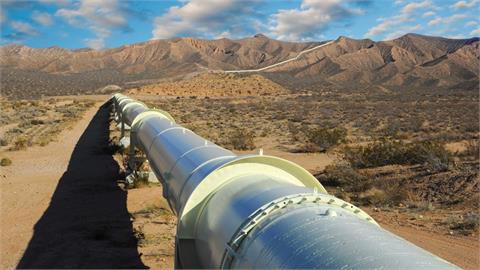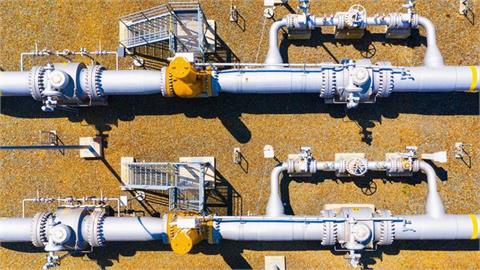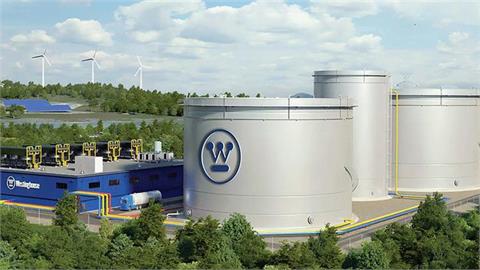Venezuela’s huge reserves of associated gas could feed a proposed FLNG project in Latin America, analysts have told Interfax. Russian giant Rosneft signed a preliminary agreement with Golar LNG to use the shipping company’s FLNG vessels in Latin America, and potentially elsewhere, last week.
"The parties are targeting signing two FLNG tolling agreements for projects within Rosneft’s portfolio," said Golar LNG in a statement. Rosneft has five joint ventures with Venezuelan state-run company PDVSA, all of which are mainly heavy oil projects. Interfax understands Rosneft would pay Golar LNG a fee for liquefying the associated gas from these Venezuelan properties.
"We believe Rosneft’s reserves in Venezuela are likely a target," Michael Webber, a senior analyst at New York-based Wells Fargo, told Interfax. "Depending on the specifications and risks involved, we could see a similar tolling level to Golar LNG’s other projects of $4.00/MMBtu – although it remains to be seen – with those tolls equating to an unleveraged internal rate of return of 15-20%."
"Rosneft is working with PDVSA to implement an offshore project in Rio-Caribe and Mejillones 40 km north of Peninsula de Paria in eastern Venezuela. LNG capacity is expected to be 4.7 mtpa, which would require two separate, four-train GoFLNG assets," Webber added. GoFLNG is the brand name for Golar’s FLNG vessels.
Rosneft’s global view
"Latin American opportunities would likely be focused on Venezuela, but could include East Russia and Vietnam," Erik Nikolai Stavseth, an analyst at Oslo-based Arctic Securities, told Interfax.
Stavseth said the vast majority of Rosneft’s gas reserves were in inland Russia, but the company also held significant resources – including volumes from flaring – in Venezuela. Rosneft has estimated total crude reserves in its Venezuelan properties of more than 150 billion barrels.
Rosneft’s huge reserves in Russia’s North Pacific region could also be a candidate for the FLNG model, said Stavseth. "Rosneft also holds assets offshore Vietnam and assets in East Russia which are expected to be developed as part of ‘Far Eastern LNG’ – a 5 mtpa LNG project. Although focus is indicated to be on Latin America, we argue that the resources in Sakhalin also could be ‘FLNG-able’ over time."
Rosneft produces oil and gas from 29 subsidiaries and joint ventures in West and East Siberia, Timan-Pechora, central and southwestern Russia, and in the Far East. It also has a stake in joint ventures in Vietnam, Canada, Brazil, Norway, Algeria, the United Arab Emirates and the United States.
Venezuela’s gas supply
Venezuela imports Colombian gas to feed its petroleum sector and industry in the west, which is poorly connected to demand centres in the east, such as the capital Caracas. It injects much of the gas into oil wells to maintain reservoir pressure and boost crude production.
However, Stavseth was optimistic the proposed agreement between Rosneft and Golar LNG would commercialise significant volumes of Venezuelan gas. "While the data that exists for Rosneft’s reserves in Venezuela appear to be in the low end of what would be suitable for an FLNG unit, we would expect additional reserves to be added. The data show nine separate fields relatively close to the coast which are largely flaring or injecting gas. The fact that part of the fields are flaring gas today underpins Golar LNG’s strategy to help develop ‘zero value’ gas," he said.
Stavseth also said the tolling arrangements would be good for Golar LNG. "This means GLNG will not have commodity exposure, reducing the risk profile. It seems GLNG is now more focused on securing visible cash flows through tolling fees. This makes sense to us as the current pricing of gas would leave limited upside to gas ownership," he said.
At the time of publication, spokesmen for Golar LNG and Rosneft had not returned calls seeking comment.
Colombian FLNG
Low gas prices have jeopardised Colombia’s high-profile FLNG plant, which will serve the nearby Caribbean and Central American markets. Canada-based independent Pacific Rubiales told Interfax earlier this year that it had postponed the plant’s startup beyond Q2 2015, and said it could be cheaper to relocate the liquefaction barge outside the country.
The plan was for Pacific Rubiales – the largest independent oil and gas company in Colombia – to pipe gas from its onshore La Creciente field to an FLNG unit owned by Belgian shipper Exmar. Pacific Rubiales signed a preliminary deal with Gazprom in November 2013 to sell 0.5 mtpa of crude-linked LNG from the plant to the Russian giant.
(interfaxenergy.com)



